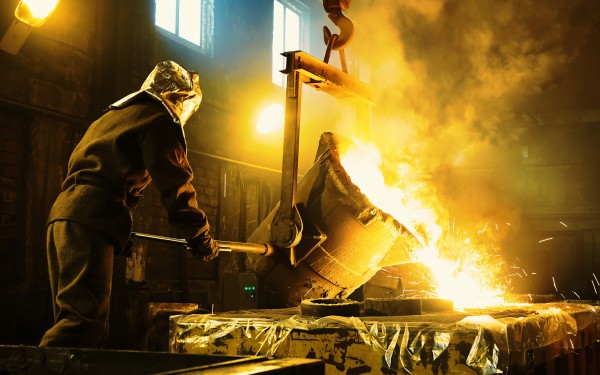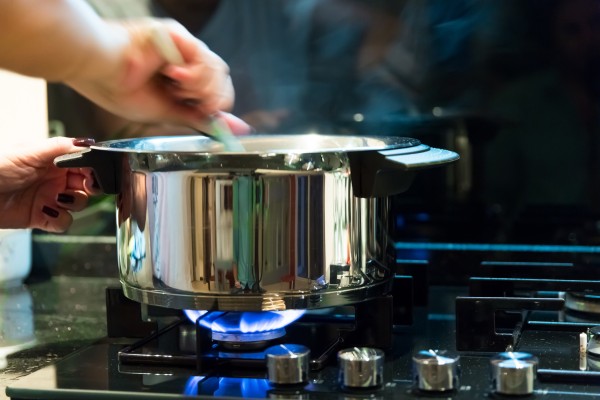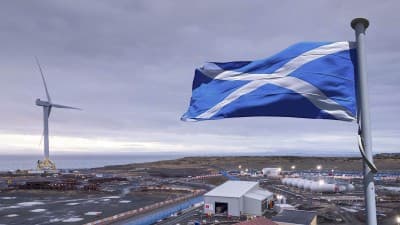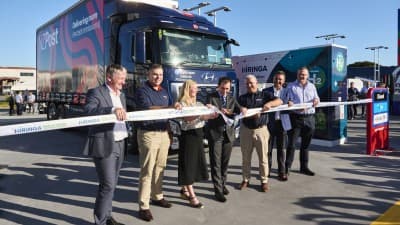Clarus company, Firstgas is getting closer to commencing New Zealand’s first Hydrogen blending pilot, with support from its partners Vector, Powerco, Nova Energy and GasNet. We plan to blend a small amount of hydrogen, a type of renewable gas, with natural gas into the existing natural gas pipeline in Te Horo. Fourteen households will use the blended gas in their home appliances for the period of the pilot.
The blend will start with 3.5% hydrogen and will gradually increase to a maximum of 15% hydrogen. The beauty of blending a small percentage of hydrogen with natural gas is that gas appliances operate as they usually do, meaning people can still enjoy all the normal benefits associated with their standard natural gas supply.
We’re invested in researching and developing the option of transporting hydrogen in our pipelines, and these are the reasons why we’re undertaking this project:
Hydrogen blending can help lower New Zealand’s carbon emissions
Hydrogen can be produced renewably as a net zero carbon gas and blending it in the pipeline displaces the use of natural gas, immediately reducing carbon emissions.
In future, a blend of up to 20% hydrogen and 80% natural gas in our pipelines would see a reduction in carbon emissions. This could be improved even further by swapping out natural gas for biomethane, which is chemically identical to natural gas but produced from organic waste. Biomethane is a renewable gas and does not add new carbon into the atmosphere when burnt. A combination of 20% hydrogen and 80% biomethane could give us a fully renewable gas system.
You can read about how we are working on a project at Ecogas Reporoa Organics Processing Facility to blend biomethane into a Firstgas pipeline for the first time in New Zealand here.
 Source: iStock image used for illustrative purposes only. Not an actual representation of a Clarus business.
Source: iStock image used for illustrative purposes only. Not an actual representation of a Clarus business.We need lower-emissions gas options
Gas is essential to our lives. While electrification is a good low-emissions solution for some parts of the economy, many vital industries rely on the high heat or chemical composition of gas. These include the glass, steel and cement sectors, along with chemical and petrochemical processing.
For some industries, electrification may not yet be viable. Hydrogen offers a pathway to sustain production while reducing carbon emissions.
Gas blending can help us to transition to a net zero carbon energy sector
As much as we might like to immediately switch to renewable gas options, it is not technically or economically feasible for this to happen overnight. It would large scale investment in new infrastructure projects to develop and would take time. We need to transition to a net zero carbon emissions energy sector in a way that balances the three corners of the ‘energy trilemma’:
-
Emissions reduction
-
Energy security
-
Equity and affordability.
The goal is greener energy, always available, to every New Zealander, at a reasonable price. Using existing infrastructure, such as our gas pipeline, could help keep the cost of renewable energy down while also maintaining New Zealand’s energy supply.

Source: iStock image used for illustrative purposes only. Not an actual representation of a Clarus business.
We know renewable gas blending technology is proven internationally
Hydrogen blending in gas pipelines is not new, and the technology has been proven safe and effective. It is already being used in the USA, Japan, India, and the UK, and in Australia it has been supplying 2,700 homes since 2022.
Back in 2021, Firstgas produced a report on the feasibility of hydrogen blending in its gas network – and since then, it has been working toward a real-life pilot of hydrogen blended with natural gas in homes.
To learn more about how Clarus is supporting the transition to a net carbon neutral New Zealand, visit Future Energy.





